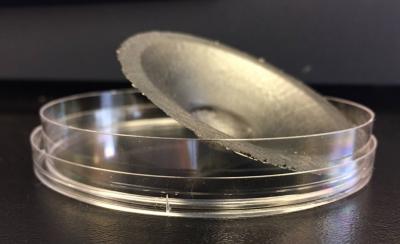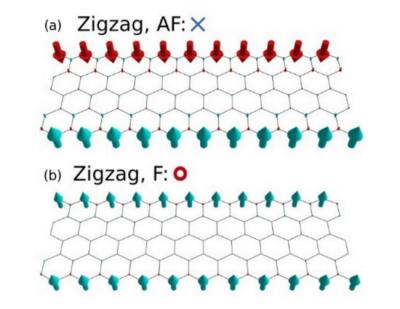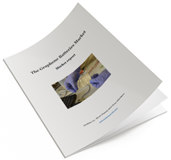2,500 Twitter followers!
We are glad to announce that we reached 2,500 followers to our twitter account! We promise to continue sharing graphene news from around the world.
Our Twitter account is a great way to follow the graphene industry and stay updated on our graphene news and commentary. You can also follow us through Facebook, LinkedIn, our free monthly newsletter (that has over 11,000 subscribers) and our RSS feed.









